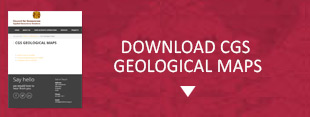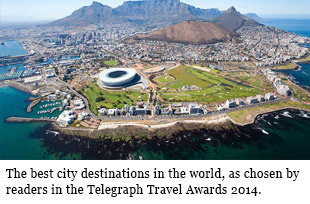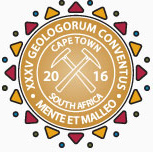
35TH INTERNATIONAL GEOLOGICAL CONGRESS
27 AUGUST - 4 SEPTEMBER 2016 | CAPE TOWN, SOUTH AFRICA
Sponsors
Keystone Sponsor
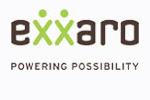

Diamond Sponsor


Gold Sponsor


Silver Sponsor
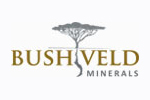


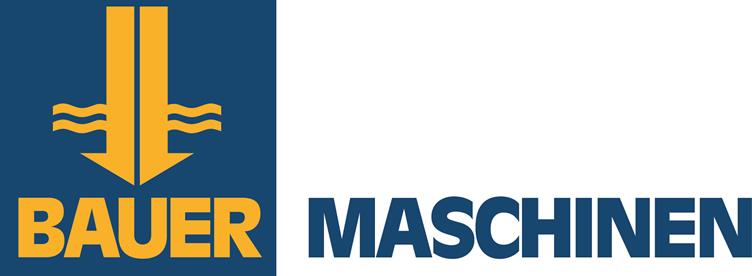




Business Centre Sponsor


Publication Sponsor




Social Function


Plenary Speaker Sponsor


Speaker Gift Sponsor


Post Graduate Fund


Registration


Welcome Drinks
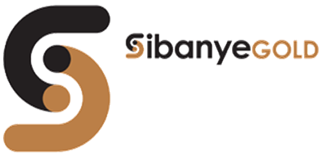

Lunch Time Drinks
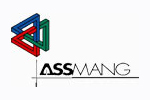

Publication &
35 IGC SAGPGF
35 IGC SAGPGF

35 IGC SAGPGF




MY IGC APP


Symposium Sponsor
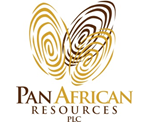
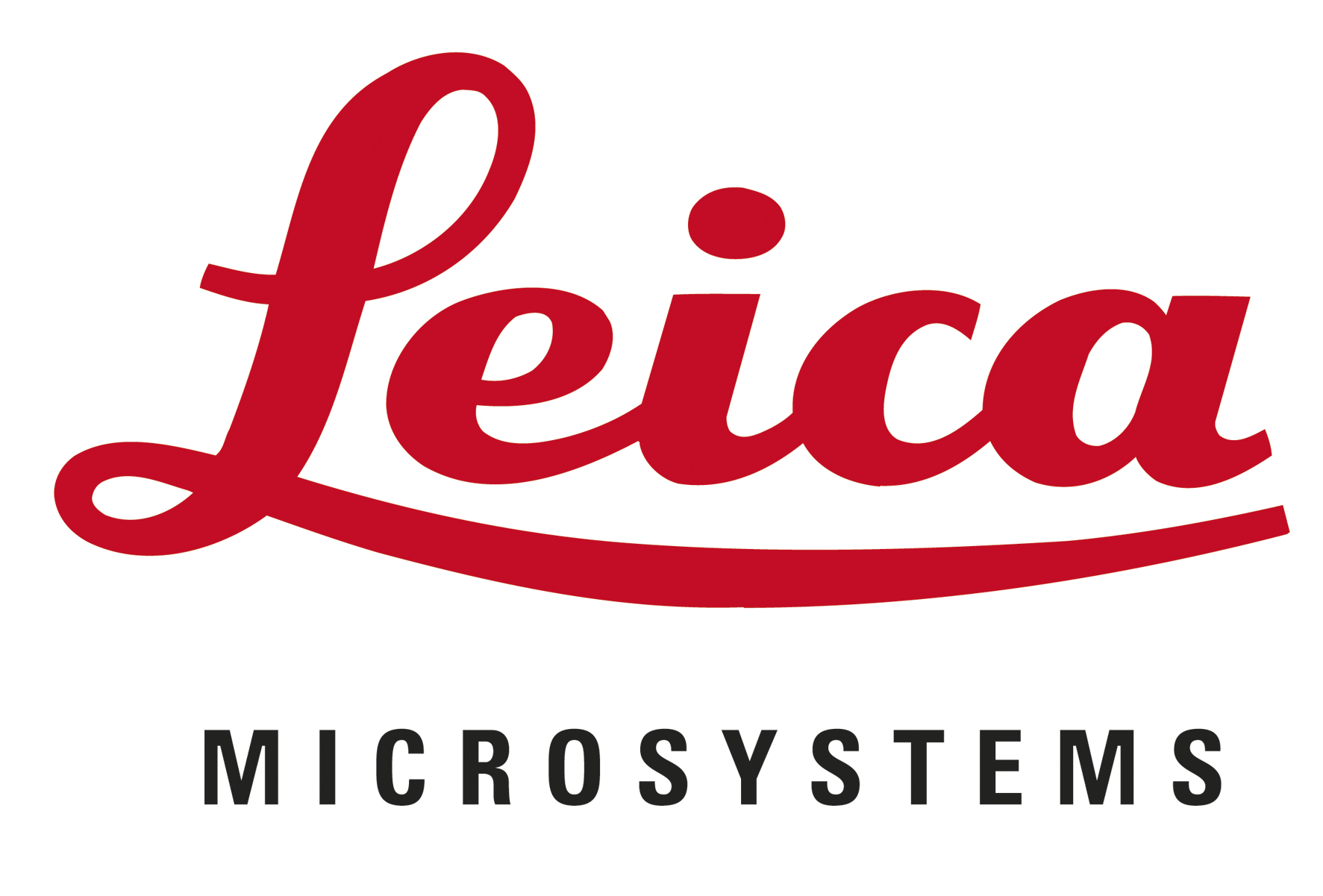


Audit Sponsor
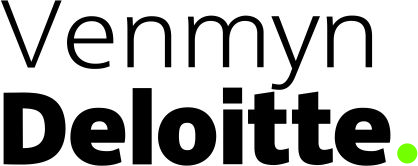

35TH INTERNATIONAL GEOLOGICAL CONGRESS
27 AUGUST - 4 SEPTEMBER 2016 | CAPE TOWN, SOUTH AFRICA
My IGC
Symposium Details
| Title | Description | Convenors |
|---|---|---|
| Geoelectromagnetic methods for geotectonics, geodynamics, search of deposits and ecology | Modern geoelectromagnetic methods (geoelectromagnetics) allow us to study the distribution of electrical conductivity and hence the structure, composition, temperature and fluid regime of the Earth’s crust and upper mantle by measuring and analyzing the electromagnetic field at the earth surface and from space. Earth's lithosphere consists of stable blocks (cratons) with low electrical conductivity and relatively narrow tectonically active zones of higher conductivity. Geoelectromagnetics is an effective tool for detecting the zones of high electrical conductivity, which serve as a way for the transfer of energy and fluids from deep interior to the surface of the Earth. In particular, the most intense geological processes take place in the active zones of high conductivity and the majority of mineral deposits are found there. The deep geoelectromagnetics gives a chance of resolving debatable issues of plate tectonics, plume tectonics and other geodynamic processes, and is also efficient in prospecting for hydrocarbons. Geoelectromagnetics is also effective tool for studying the uppermost layers of the Earth’s crust, particularly for the underground water prospecting, for the solution of engineering and agricultural questions, in archaeology and in both natural and anthropogenic geodynamic processes monitoring aimed at preventing risks associated with these factors (prediction of earthquakes, volcanic activity, greenhouse gas emissions in mines, etc.). Geoelectromagnetics is a suite of complex high tech tools, but its misapplication can lead to false conclusions and predictions. It is therefore necessary to encourage a professional discussion regarding the contemporary issues of geoelectromagnetics. The purpose of the symposium is to present the most significant geological results obtained by means of geoelectromagnetic methods (GDS, MTS, MVP, active methods with controlled sources), to evaluate the effectiveness of different methods and discuss the geological problems that can be solved efficiently by employing geoelectromagnetics in the future. | Igor Rokityansky, Abdulkhai Zhamaletdinov and Valeriya Hallbauer-Zadorozhnaya |
 Field trips
Field trips  Sponsorship & expo
Sponsorship & expo  Registration
Registration Tours
Tours  Promotion
Promotion 

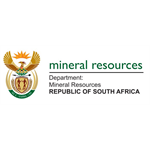












 Conference Programme
Conference Programme  Field trips
Field trips  Sponsorship & expo
Sponsorship & expo  Volunteer
Volunteer  GeoHost
GeoHost  Registration
Registration Tours
Tours  Promotion
Promotion  Publications
Publications


